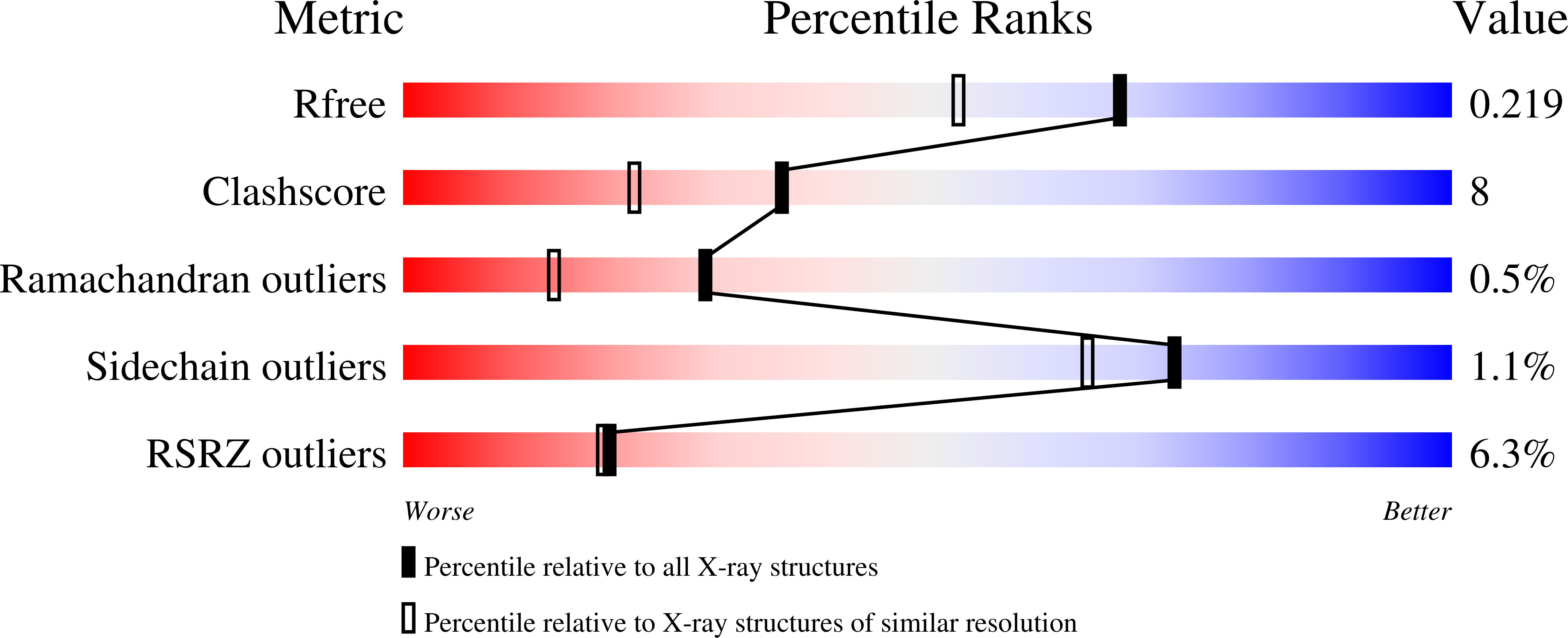
Deposition Date
2021-12-15
Release Date
2022-06-15
Last Version Date
2023-10-18
Entry Detail
PDB ID:
7T7H
Keywords:
Title:
Crystal structure of Vaccinia Virus decapping enzyme D9 in complex with inhibitor CP100356
Biological Source:
Source Organism:
Vaccinia virus Western Reserve (Taxon ID: 696871)
Host Organism:
Method Details:
Experimental Method:
Resolution:
1.78 Å
R-Value Free:
0.21
R-Value Work:
0.18
R-Value Observed:
0.18
Space Group:
P 21 21 21


